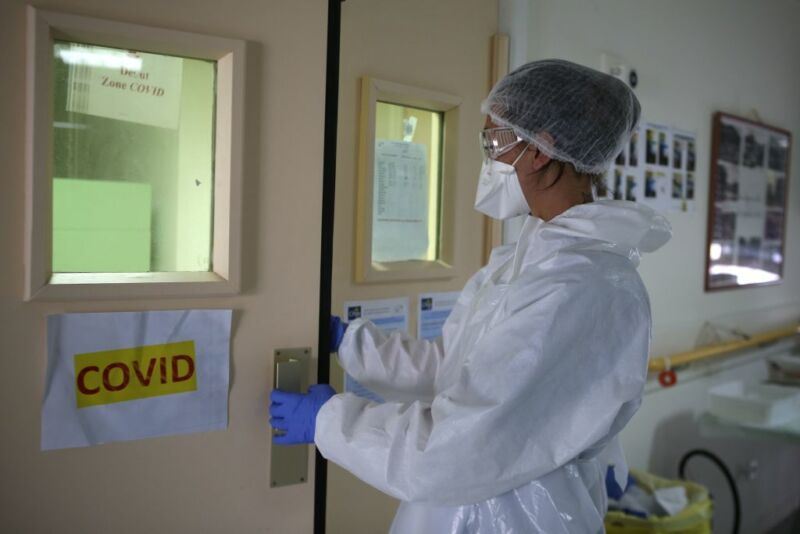First look at the outcomes of COVID-19 patients in NY hospitals

Enlarge (credit: PASCAL POCHARD-CASABIANCA / Getty Images)
On March 1, New York City confirmed its first case of SARS-CoV-2 infection. By the end of the month, thousands were infected, and hospitals were struggling to manage the influx of patients. On Wednesday, JAMA published an analysis of the outcomes of thousands of patients who ended up at a large hospital system in the city and surrounding areas. While the data is annoyingly incomplete, it does provide a broad overview of how the pandemic is interacting with the health demographics in the United States.
Some of this is expected, as the sorts of pre-existing conditions that exacerbate COVID-19-obesity, hypertension, and diabetes-cause problems here. The study also suggests some dramatically bad outcomes for older patients who ended up on ventilators, with 97 percent mortality for those over 65. But the study period ended before the outcomes of most patients could be tracked, so this number has to be treated with significant caution.
At admissionThe work is based on the electronic patient records from the Northwell Health hospital system, which has a dozen hospitals in New York City and the surrounding suburbs. The researchers (Safiya Richardson, Jamie S. Hirsch, and Mangala Narasimhan) pulled out the records of anyone with a confirmed SARS-CoV-2 infection from the period between March 1 and April 4 of this year. This produced a study population of 5,700 patients, which is quite large. However, the study cut off tracking the patients on April 4; if a case hadn't resulted in discharge or death by then, the outcomes couldn't be analyzed. Follow-ups for those who were discharged were also limited, with the medium length being only four days.
Read 9 remaining paragraphs | Comments